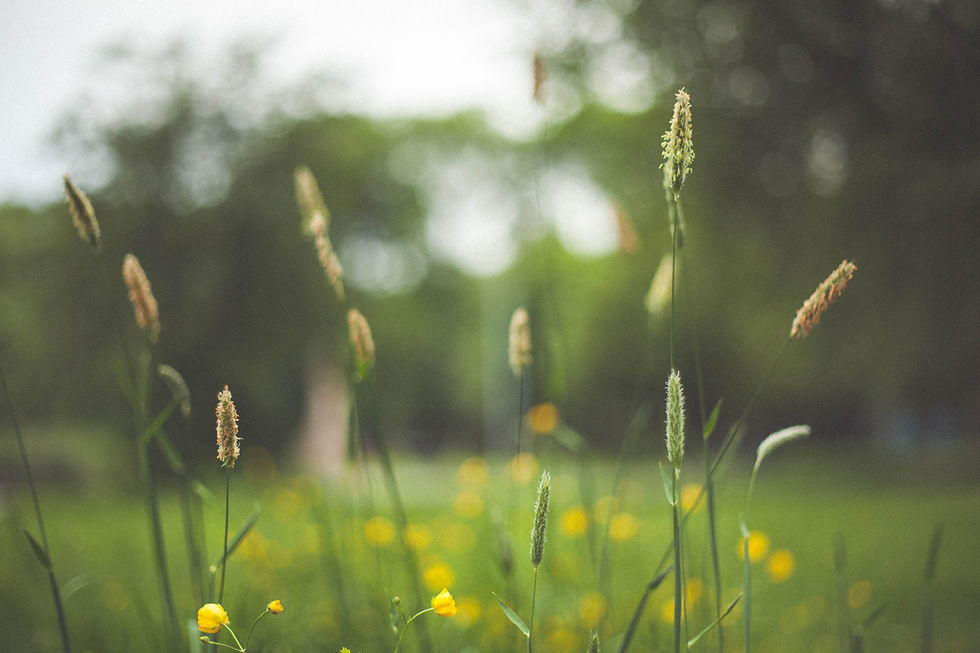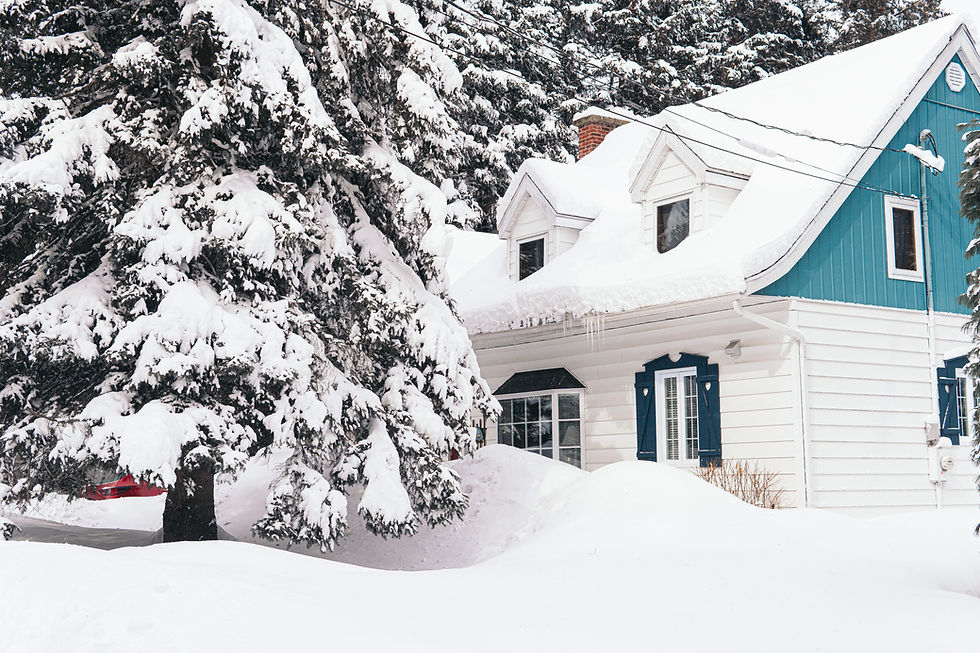Common Weeds to Look Out For
- Dash Lawn Care

- May 12, 2020
- 3 min read

A single weed, if ignored, has the power to destroy a whole garden. It’s vital that you know what to look for so that you can catch weeds early. Even the most aggressive weeds can be stopped if caught early enough and handled the right way.
Here are some of the most common weeds to look out for!
Crabgrass
“Once crabgrass seeds germinate and plants emerge, mowing your lawn short won't stop the seeds. With its low-growing, crab-like growth, crabgrass can set seed when cut as low as 1/2 inch tall — that's much lower than recommended healthy mowing heights for any common lawn grass.” - Pennington
Pre-emergent herbicides are what’s going to help you prevent crabgrass from growing in the first place. If it’s too late and the crabgrass is already there it’s time for a post-emergent herbicide. Whenever using herbicide, make sure you understand what each kind does and how to use it.
Canada Thistle
This weed can be difficult to control, especially when it is given the time to grow up to four feet tall! Its roots can grow many feet deep - up to fifteen - which allows it to grow again and again even after you think you’ve pulled it out. You want to catch it early and get right down to the roots to prevent regrowth.
“Canada thistle is an aggressive, creeping perennial weed from Eurasia (despite its name). It infests crops, pastures, and non-crop areas like ditch banks and roadside.” - Farmer's Almanac
Lambsquarters
Once you can identify this weed they aren’t all that hard to remove. They have short roots which make them easy to pull up. As long as you don’t let them grown long enough to produce seeds then you shouldn’t have a big problem.
“The leaves of young lambsquarter seedlings are green with a slight bluish tint on top and reddish-purple undersides. The foliage of the youngest seedlings is covered with clear, shiny granules. The granules later turn to a white, powdery coating that is most noticeable on the undersides of the leaves.” - Gardening Know-How
Ragweed
As a prime source of fall allergies, nobody wants this weed hanging around. These weeds can be pulled by hand but it’s always a good idea to wear gloves. Herbicides can also be effective if hand pulling doesn’t work.
“Identify ragweeds by their leaves and flowers. Both common ragweed and western ragweed have deeply-lobed, fern-like leaves, but the western ragweed plant is bushier. Giant ragweed has large, distinct, 8- to 12-inch-long leaves with three or five lobes.” - SF Gate
Dodder
“Dodder is a parasitic plant which feeds on its host plant by entwining its leaves and stem and then producing haustoria - suckers which grow into the host and then literally suck the life from its limbs. If this isn't scary enough, it also has the ability to grow from even the tiniest fragment towards its next unwitting victim. It doesn't even need to have the apparent crutch of a root system to hold it back.” - Landscape Design
This is a weed you definitely want to catch early. The more it grows and twists around your other plants the harder it’ll be to ever get rid of it. Be careful not to drop any pieces of it when you’re removing it. The Dodder you pulled away then should be burned so it can’t sneak it’s way back to the garden.
Even after you think you’ve gotten rid of all the weeds, always follow up as often as possible. Weeds will always make a reappearance whenever they can, but when you get rid of them early enough none of your plants will be hurt.
Do you need help with your landscaping? Contact us today to get a FREE quote!




Comments